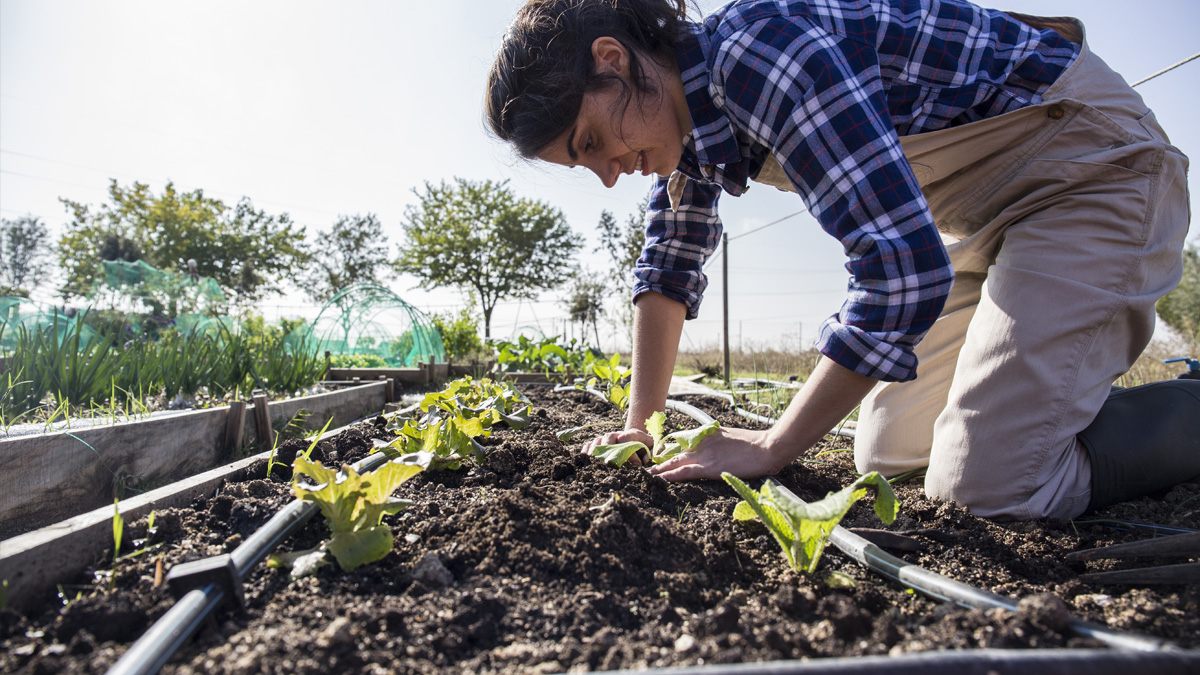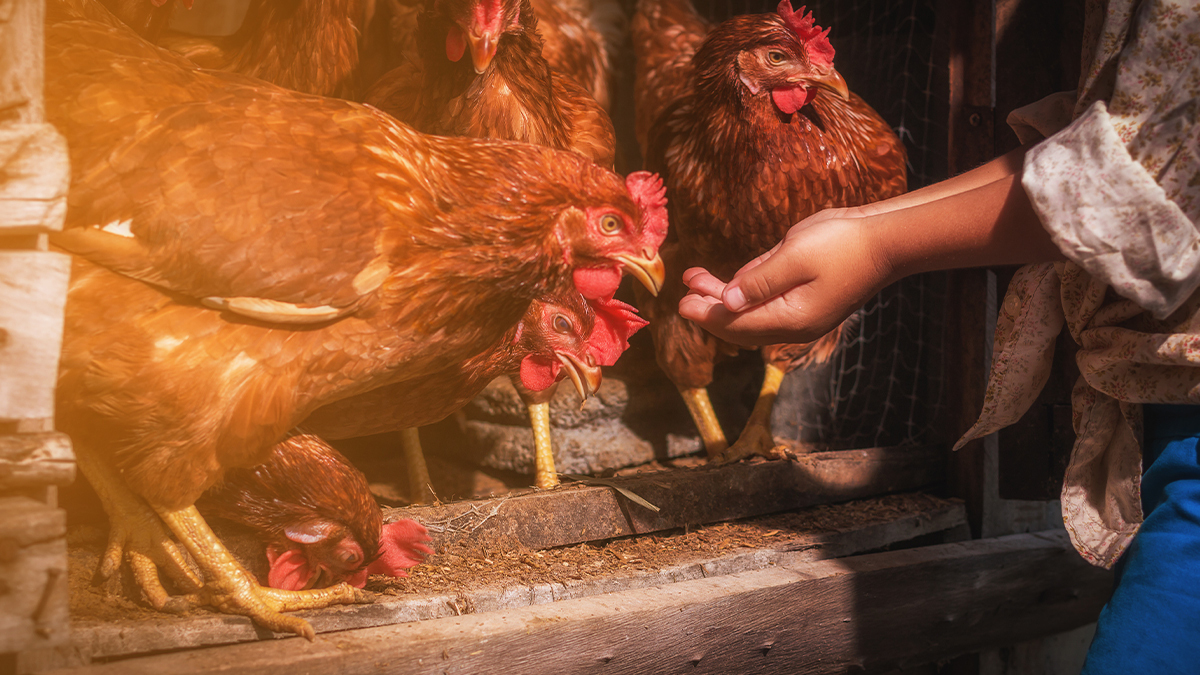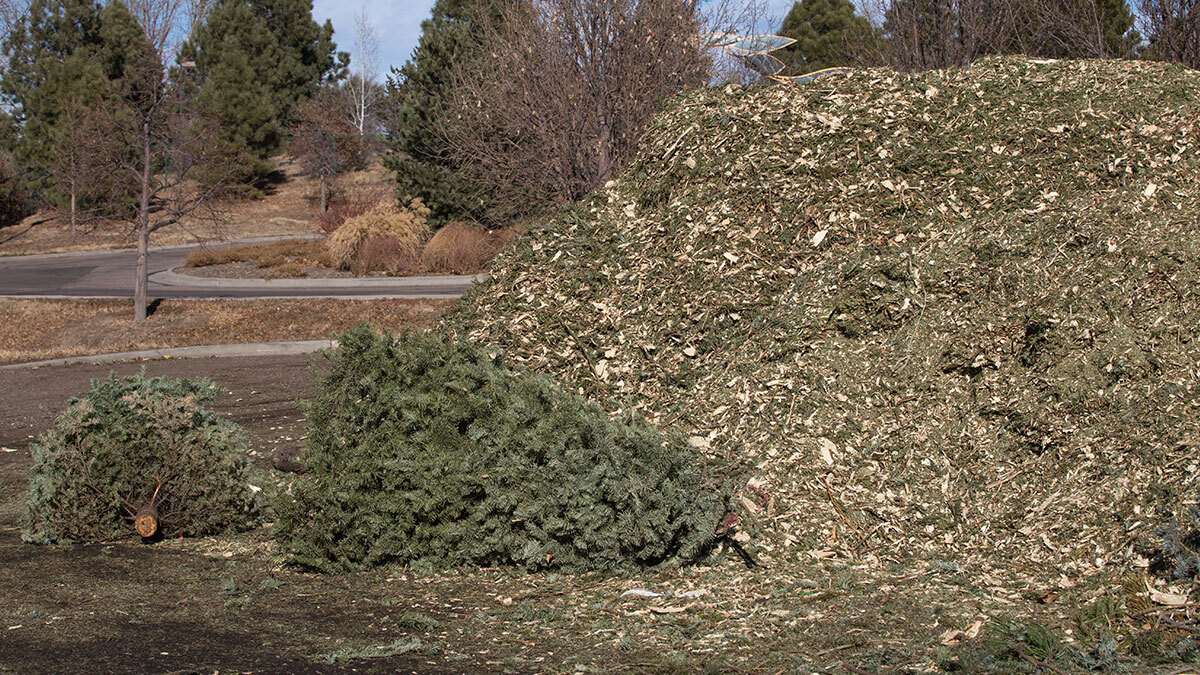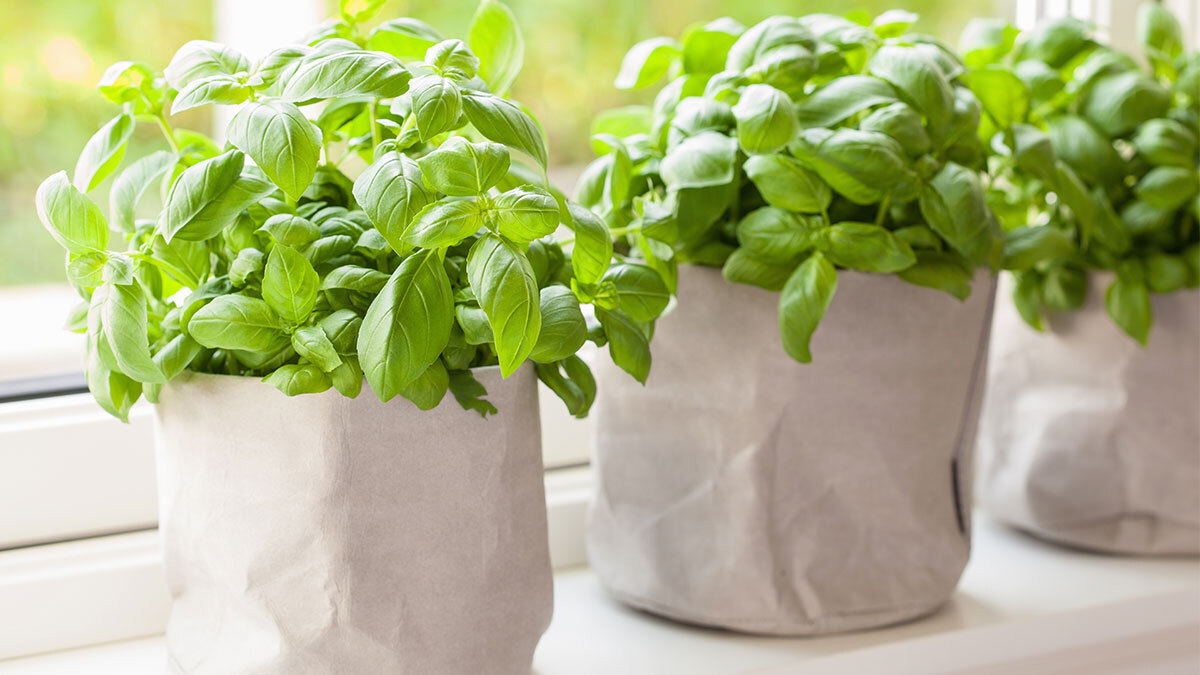on
Survival is all about what you have stored, right? Well, not exactly.
While long-term food storage items—such as the food kits, case packs, and #10 cans you can find at My Patriot Supply or Emergency Essentials—are important, you also need to have a plan in place to grow your own food before you run through all of your food storage.
Hunting and foraging can only take you so far, depending on your environment. The ability to plant crops offers you a more stable and sustainable food source.
First, when it comes to growing your own food, nothing is off limits. While you’ll have to plant the foods that will thrive best in your climate and geographical area, you’ll have a plethora of options to include in your emergency diet. Foods like tomatoes, peppers, lettuce, and broccoli are all wonderful foods to grow, rich in vitamins and minerals as well as versatile in their use.
However, these are not necessarily the most hardy foods that you’ll need to get you through the winter, particularly if your available methods of preservation are limited. Ideally, you’ll want foods that—once harvested—can be stored as is, or dried and stored for use during the winter months.
For this reason, the dozen foods listed in this article are the recommended staples to plant and grow for year-round sustenance, starting with what many native North American tribes referred to as “the three sisters”: corn, squash and beans.

1. Beans
Beans are one of the best survival staples for so many reasons. First, they’re very high in protein, vitamins, and minerals. You need these to make it through an emergency. Plus, they’re very high in calories, providing lots of the energy required for survival.
In addition, beans are also extremely versatile. They can be eaten fresh off the plant or dried on the vine, harvested, and stored. Beans have an incredibly long shelf life when dried. They can be prepared in a wide variety of ways, such as in soups, cooked and eaten with breads, served with Mexican dishes, or just eaten on their own. Their versatility as a food is nearly endless!
Did you know that beans give nitrogen back to the soil, something other crops need? This makes them a great rotation crop, too! Your survival garden needs beans.
2. Corn
The first thing you need to know about growing corn for your survival is that you won’t be growing the sweet corn you’re familiar with. Native Americans grew grain corn, which was traditionally grown and dried on the stalk so it could be harvested and stored. This is sometimes referred to as “field corn” or “dent corn.”
Corn is quite easy to grow! It can be ground and made into a variety of breads, used as a thickener for soup, and so much more. You can combine corn with beans for a more complete protein source, too. You’ll be glad you planted corn in your survival garden.
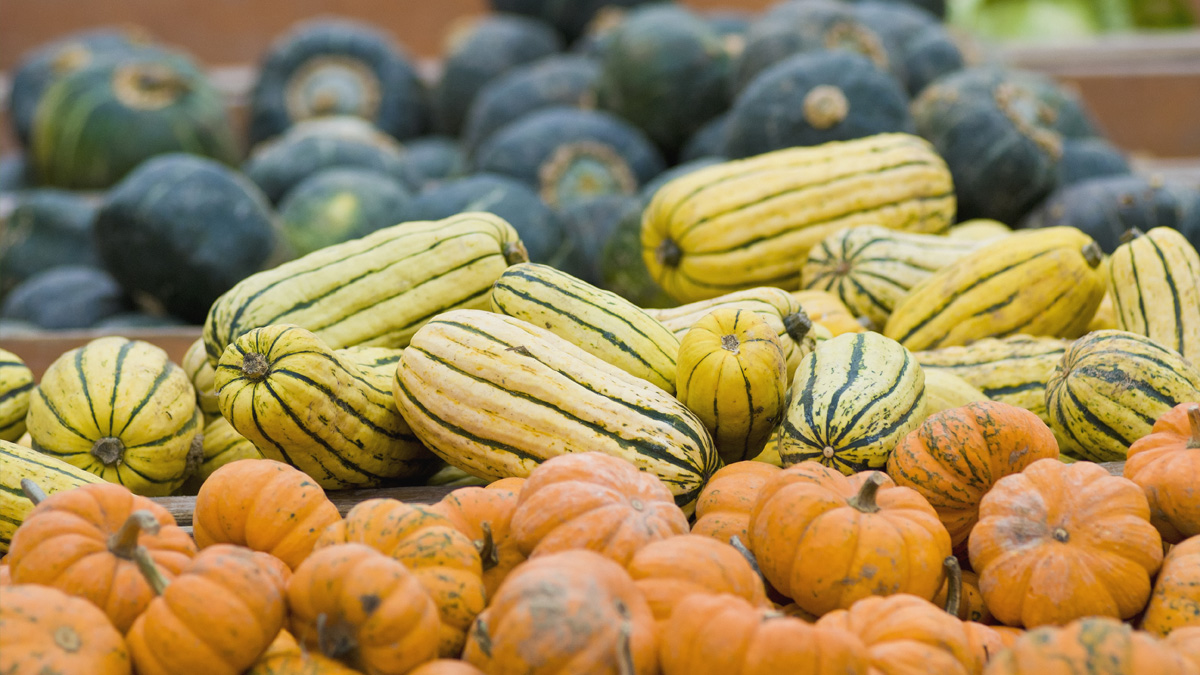
3. Winter Squash
Winter squash is a very hardy vegetable and easy to store during the winter months. There are a lot of varieties to keep you satisfied, such as acorn, butternut, spaghetti, and Hubbard. Pumpkins also fall into this category.
Store them for up to six months in a cool, dark place and you will be enjoying this nutritious staple along with your corn and beans. Many of these squash varieties can be chopped up and fed to livestock as a winter treat, too. It’s the ultimate homestead staple!
4. Cabbage
While not particularly dense in calories, cabbage is jam-packed with the nutrients your body needs. A rich source of vitamins B6 and C, it’s also full of fiber. Whether cooked, steamed, or used raw in salads and slaws, it’s a great choice for your garden.
But it makes an excellent survival crop for another reason: sauerkraut, kimchi, or any other type of fermented use you wish to put it to. Once fermented, you’ll have a long-storing food option that provides probiotics. If properly stored in a root cellar, it can last up to six months!
As a cool-weather crop, you can plant it both early and late to get two full crops. Cabbage seeds certainly give you more bang for your buck.
Related Read: 7 Must-Have Herbs for the Homestead
5. Potatoes
The humble potato might be associated with Ireland in the minds of many people (think: the Great Famine), and, of course, to the great state of Idaho. However, the potato is actually native to South America! It wasn’t known anywhere else in the world until after Columbus sailed.
Potatoes are incredibly easy to grow in a range of climates and soil types; so much so that their use has spread all over the world. They will also sustain you for an extended period of time when you have no other food available.
While not high in calories, potatoes will give you nearly half your daily value of vitamin C in addition to being an excellent source of vitamin B6. Plus, they have more potassium than a banana!
6. Carrots
Carrots are another crucial root vegetable that store well over the winter months, as well as provide important nutrition and variety in your diet. As long as you have sandy, well-draining soil, you can grow carrots. Even in heavy clay areas, amending your soil with sand and fluffy compost will help your carrots grow properly.
If you aren’t in an area that experiences hard winters, you can cover your carrots with a thick layer of mulch to protect them. Then, just leave them in the ground. If you do have to harvest them, then you can store them in a refrigerator or root cellar.
Once you’re ready to use them, you can add them to soups, casseroles, mixed vegetable medleys, and more!
7. Sweet Potatoes
Sweet potatoes are a delicious addition to your supply of staple foods. They are similar to traditional potatoes, but even healthier: they contain more nutrients and their greens are edible. One plant can give you both tubers and greens!
Like other potatoes, sweet potatoes are also easy to grow. Even though they are a tropical and subtropical plant, they can be grown in the north as well.
Sweet potatoes can be stored at room temperature for a long period of time. They will keep for a month or two at the least; but if they’re cured, they will keep for many months.
(Curing them simply means keeping them between 85 and 90 degrees Fahrenheit for the first five days after harvest, during which time they will essentially grow a second skin. Cool trick, huh?)
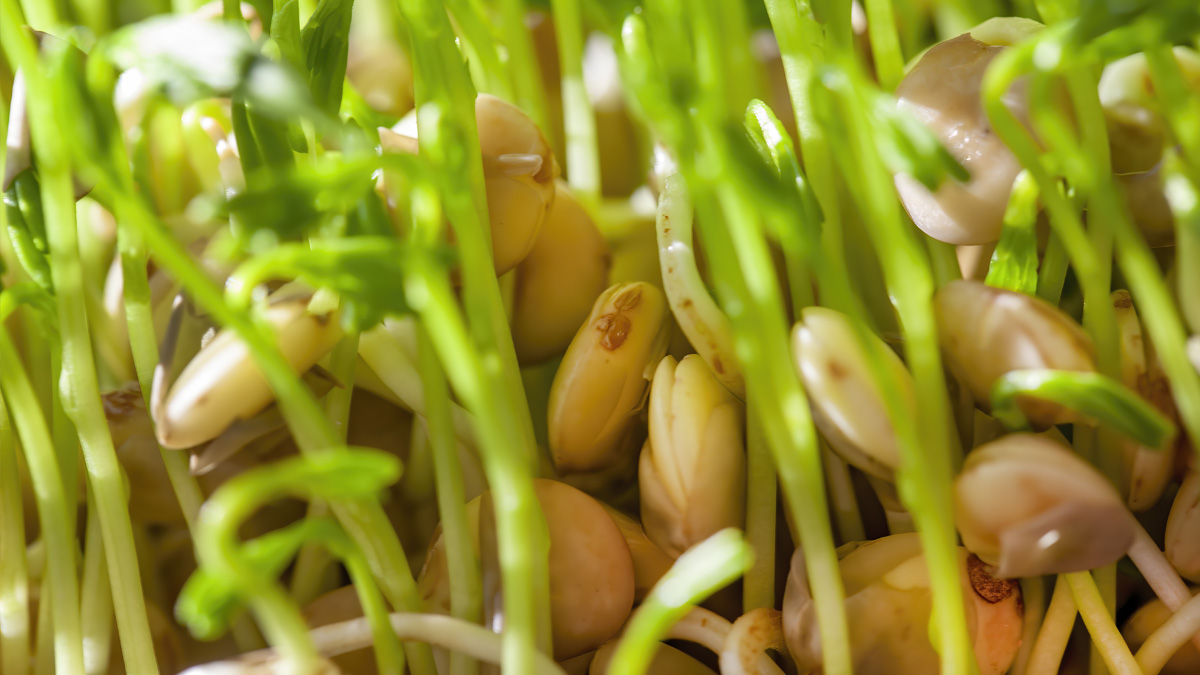
8. Lentils
The nondescript lentil is seriously underrated, but it genuinely shouldn’t be.
Lentils are protein powerhouses, holding almost 18 grams of protein per serving. This legume is legitimately one of the world’s healthiest food sources, and you absolutely should add these to your survival gardening supply.
Believed to be one of the oldest crops in cultivation, lentils are an all-time favorite for soups and stews. They’re glorious in curries, or you can blend or mash them and use to make pastas, patties, and more.
They absorb other flavors well, blending in and becoming a perfect pairing with nearly everything you want to use them in. They’re the perfect storage protein!
Related Read: Veggie Seeds to Sow in Winter
9. Garlic
Garlic is both ideal for adding flavor and offering medicinal uses. Garlic is a powerful antibiotic and antiviral. It also helps to boost the immune system, acts as a powerful antioxidant, and reduces high blood pressure and cholesterol—all massive benefits in an emergency situation.
Garlic is easy to grow, too! When harvested, it can be stored and used throughout the winter months while you wait for a new crop to grow.
10. Onions
Like garlic, onions provide both flavor and natural medicinal benefits to boost immunity, treat coughs, relieve stomachaches, and even repels disease-carrying insects.
Onions also contain calcium, sodium, selenium, potassium, vitamins B6 and C, fiber, and many other wonderful nutrients.
You won’t regret planting onions in your survival garden. There are too many benefits to pass up in times of crisis!
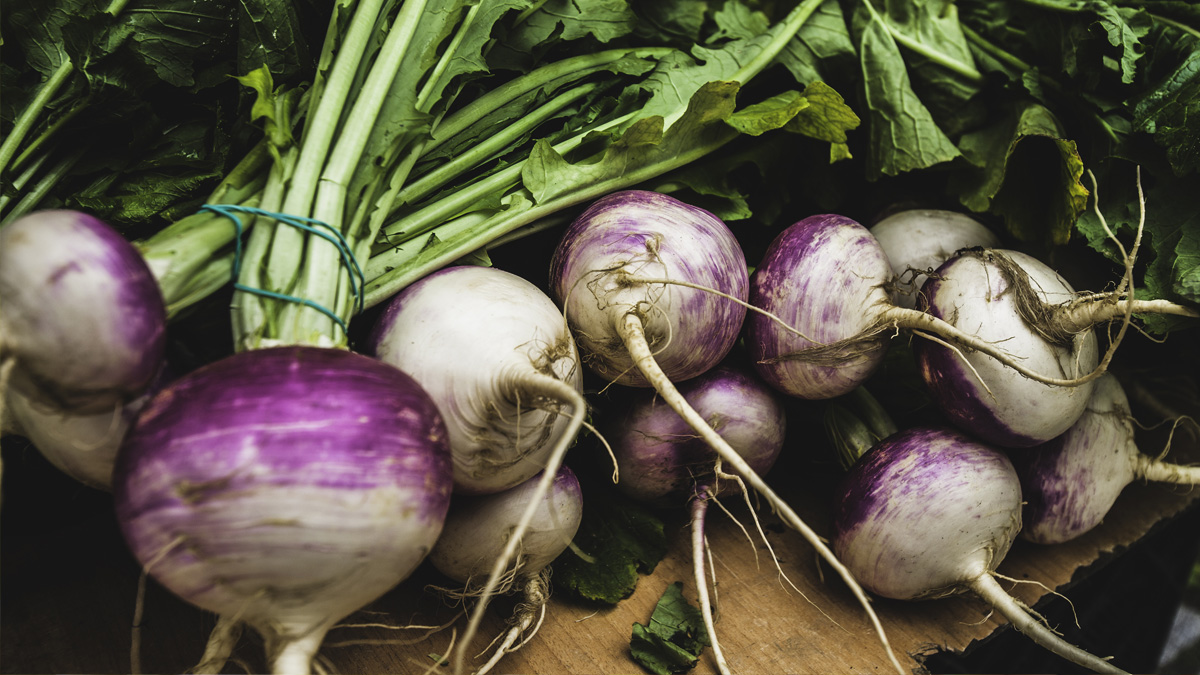
11. Turnips
Where to begin with turnips? The benefits are endless.
Turnips are rich in vitamins A, Bs, C, E and K, as well as fiber, protein, omega 3s, folate, potassium, copper, magnesium, phosphorous, calcium, and iron. All these nutrients support your bones, gut, lungs, heart, and metabolism. Plus, they contain anti-inflammatory properties and aid in digestion.
As an added bonus, both the greens and the roots can be eaten. Turnip roots can be eaten raw or cooked, and they can last up to five months after harvesting if properly stored. Turnips are a dream for survivalists and homesteaders alike!
12. Wheat
Wheat has many, many benefits and uses, which has been the case for centuries. Wheat is a great source of niacin, vitamin B6, manganese, selenium, iron, copper, folate, and niacin, among even more minerals.
Approximately half an acre of wheat is enough to feed a family of four for a whole year! When properly stored, wheat can easily be kept for over ten years in berry form. This long-term storage solution can help cover your lean years when pests, drought, or too much rain ruin other crops.
Wheat is a fundamental plant to add to your garden! Use it to make breads, tortillas, cereals, pastas, and so much more to carry you through crisis.
Don’t Wait to Start Your Survival Garden
In addition to these dozen survival staples, you will want to consider including fruit trees and bushes to your garden. Think about adding vegetables that return year after year, like Jerusalem artichokes, which are not artichokes at all—but tubers similar to potatoes, asparagus, rhubarb, and horseradish. This variety will help you stay sustained and satisfied when your survival is at stake.
Don’t wait for an apocalyptic event to start gardening! You need to experiment now with what varieties grow best in your climate, while there are still backups to be purchased at your local grocery store.
You don’t want to be left experimenting and learning when starvation is staring your family in the face.
Get access to premium content and more!



